
Magnetic tape and hard disk drives hold much of the world’s archival data. Compared with other memory and storage technologies, optical data storage in tape and disk drives cost less and are more reliable. Archivists may soon have another option—using an extremely fast laser to write data into a 2-millimeter-thick piece of glass, roughly the [..]
Read More
Thanks to research, integrated switching units can now be constructed on a silicon photonics chip in a novel, programmable, and energy-efficient manner. By enabling a generic optical circuit to be manufactured in bulk and later programmed for specific applications like communications systems, LIDAR circuits, or computing applications, the new circuit technology is positioned to lower [..]
Read More
Scientists and engineers working in the fields of optical and photonics have been captivated by the rapidly developing, interdisciplinary field of metasurfaces. They view these advanced materials as a path to a new breed of ultra-compact flat optics, such as camera lenses. But most of the metasurfaces that have been demonstrated up to this point [..]
Read More
A new chip-based device that can shape and steer blue light could significantly reduce the size of the light projection components used in emerging applications such as VR display, autonomous vehicles, optogenetics, and even trapped-ion quantum computers. Researchers have made an optical phased array (OPA) with a wide field of view that contains no moving [..]
Read More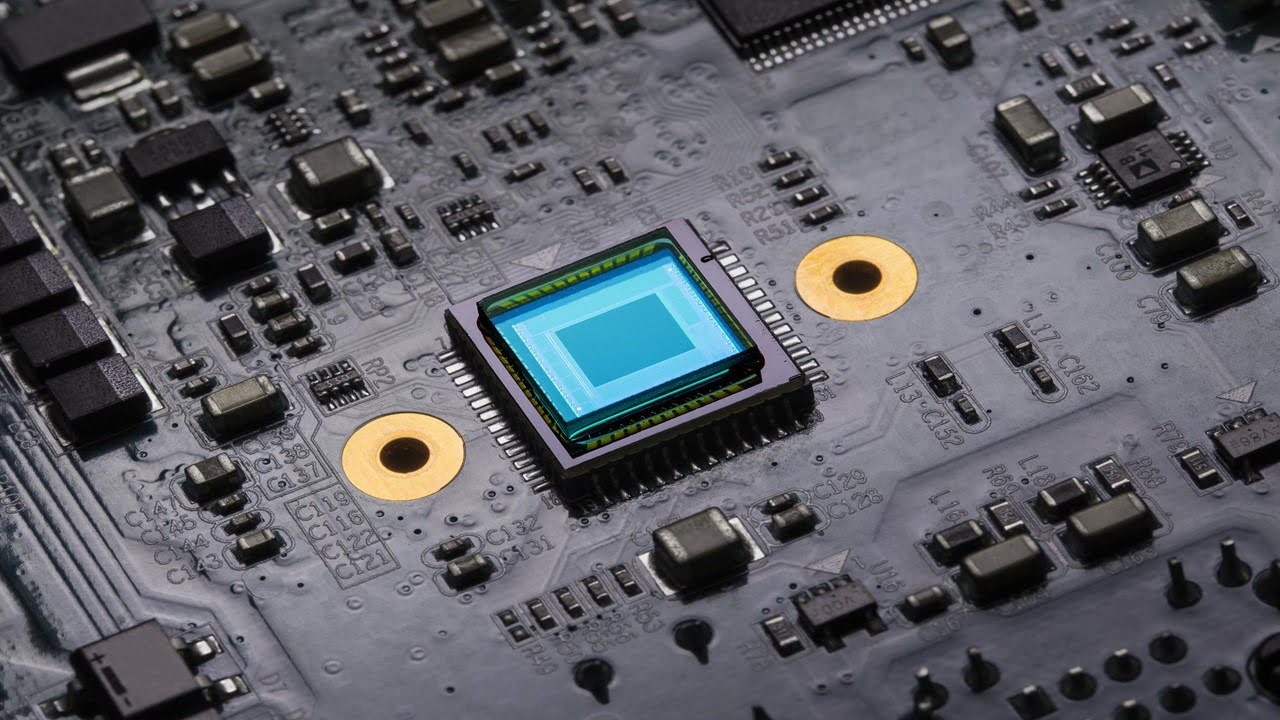
Scientists have created a novel optomechanical integrated device with a resolution of 45 femtometers in a fraction of a second. Importantly, the gadget does not require a tunable laser because of its ultrawide optical bandwidth of 80 nm. The indium phosphide (InP) membrane-on-silicon (IMOS) technology, perfect for including passive components like detectors or lasers, is [..]
Read More
Before the invention of lens-design software, complex optical systems were regularly created by manual calculation, resulting in extremely effective microscopes, telescopes, camera lenses, and other optics that served their purposes well. The effects of glass, manufacturing, and mechanical imperfections can now be taken into account with a high degree of precision by the lens designer, [..]
Read More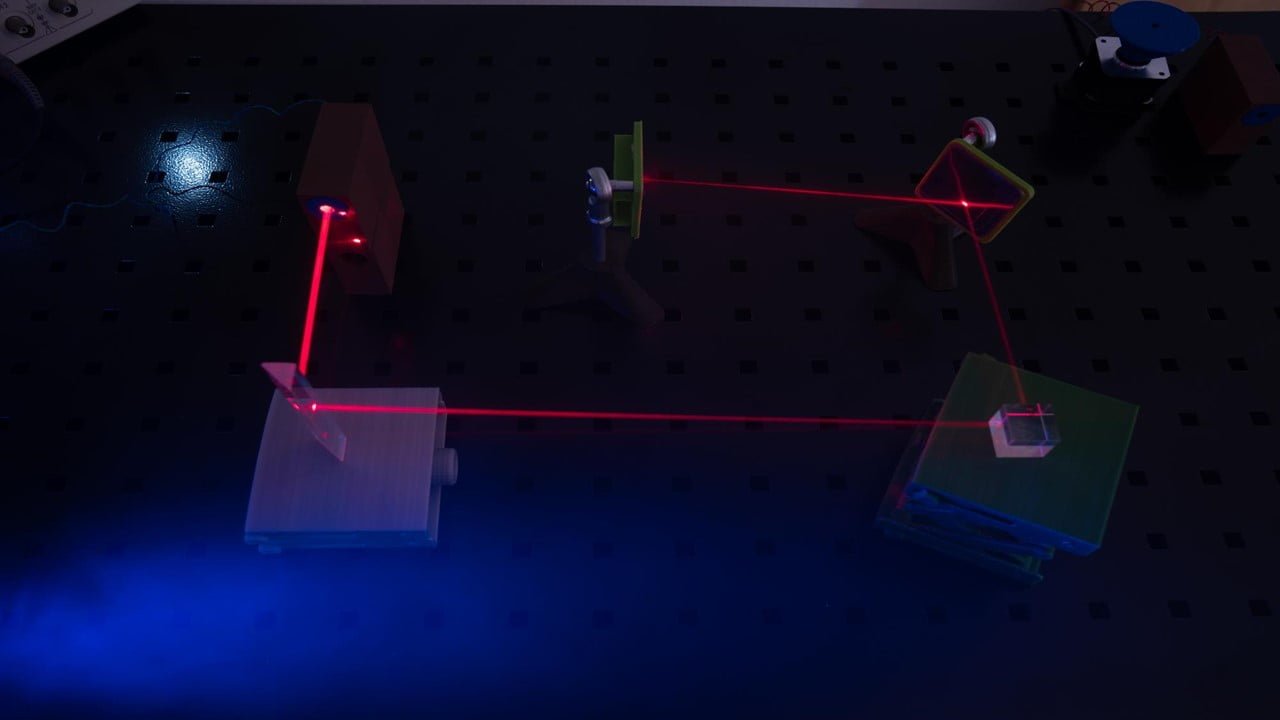
High-speed communication channels for supercomputers and data centers could significantly benefit from understanding the physics of lasers at the nanoscale and how they interact with semiconductors, but only if researchers can figure out how and why they work to replicate their findings. The experimental findings of the experts demonstrate that lasers can be made in [..]
Read More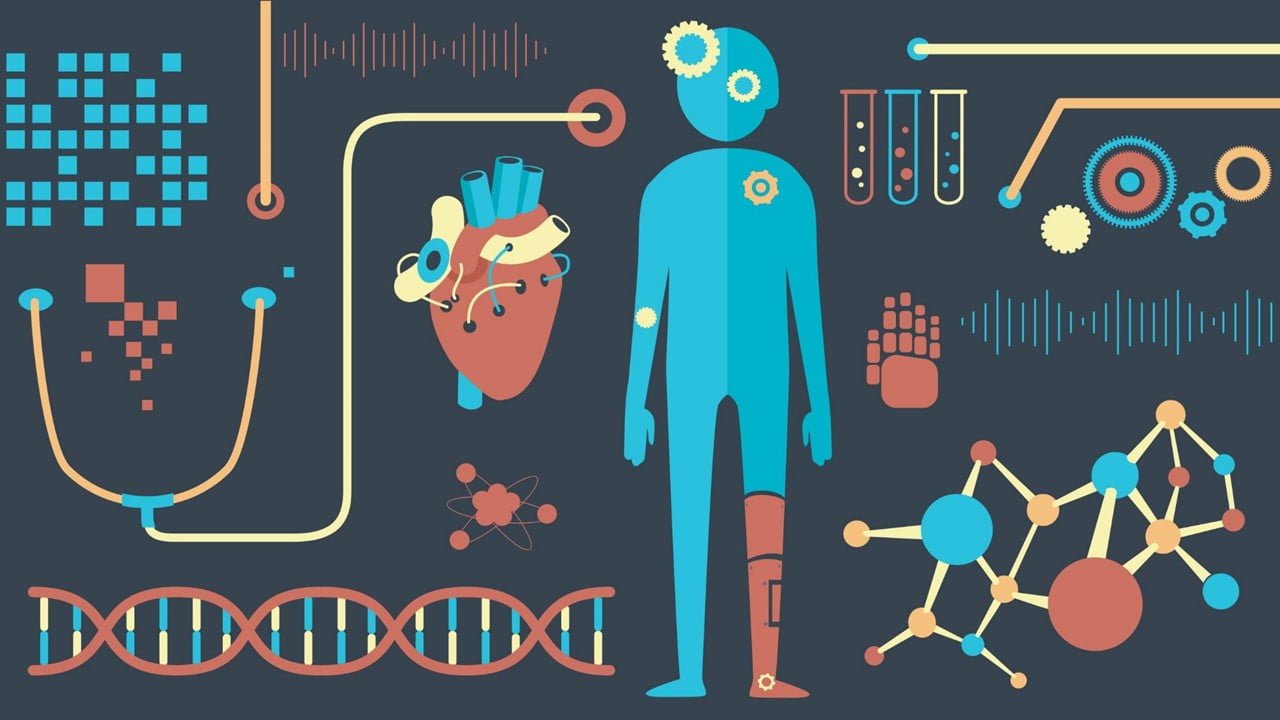
By increasing their brightness by more than 150 times, silver nanocubes can make it simpler to read diagnostic tests that depend on fluorescence. The method could enable such tests to become much more affordable and commonplace when combined with an emerging point-of-care diagnostic platform that has already demonstrated its ability to identify minute amounts of [..]
Read More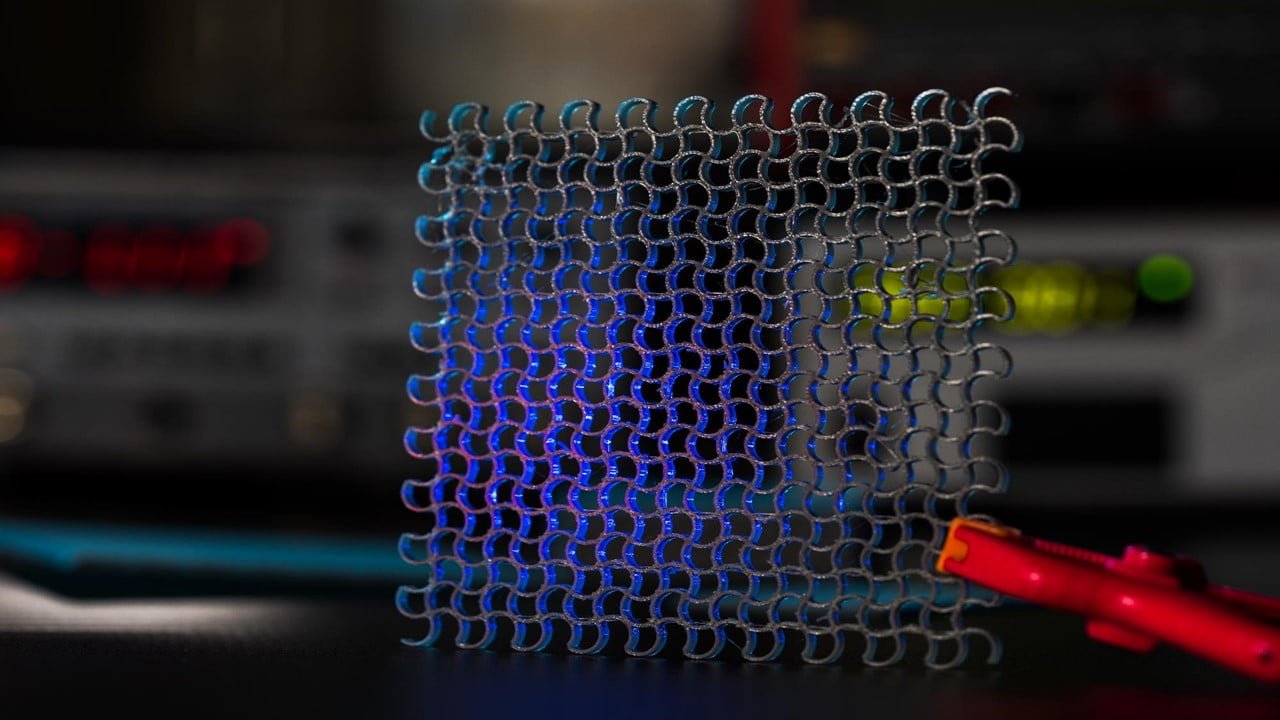
Researchers have created a novel technique for producing color 3D images that operate across the full visible spectral range. Metasurfaces are 2D-engineered materials that are usually made of subwavelength elements. Adjusting the light’s polarization, phase, and amplitude offers excellent control over shaping the optical wavefront. Unlike conventional metasurface-based holography methods, the developed method does not [..]
Read More
A brand-new fluorescence microscopy method has been created by researchers to significantly improve the resolution that can be obtained when imaging intracellular structures. The method uses the distortions a specimen produces to identify specific molecules and deduce the location of intracellular structures. The method may be especially helpful in researching brain conditions like Alzheimer’s. Developing [..]
Read More
A three-dimensional item is created using the additive manufacturing process, which involves adding new layers of construction material over the top of the previously deposited ones. Commercially available 3D printers and 3D printing materials, such as transparent media with excellent optical quality and 3D printed optics, have recently developed rapidly. Numerous areas of science and [..]
Read More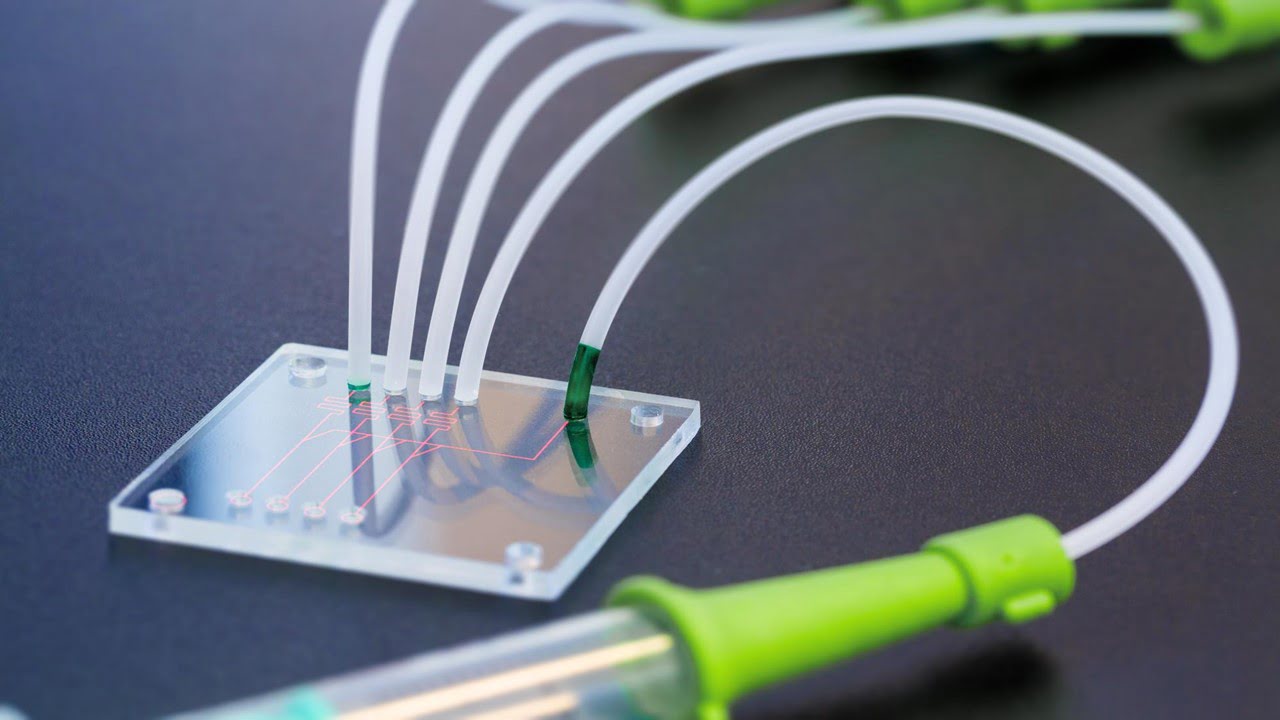
The construction of lab on a chip platforms for experiments and drug development has been made possible by the tiny field of microfluidics, which has vastly expanded boundaries in chemistry and pharmaceuticals. The challenges of quickly and effectively mixing various fluids—in channels much thinner than a human hair—become formidable as scientists examine processes at ever-smaller [..]
Read More
The processing speed of microprocessors has been stagnant for the past 20 years. More recently, Moore’s law has started to break down as nanofabrication technology gets closer to its inevitable physical limit. In this post-Moore’s law age, significant efforts from numerous research areas have been made to create fast and power-efficient computing systems. Integrated photonics [..]
Read More
As a result of the coronavirus pandemic, biometrics companies are modifying and upgrading their biometric identity systems with facial recognition software and temperature sensors to offer new capabilities that comply with the regulations. They are introducing novel access control biometric identification systems. When individuals enter buildings, they are screened by thermal imaging cameras added to [..]
Read More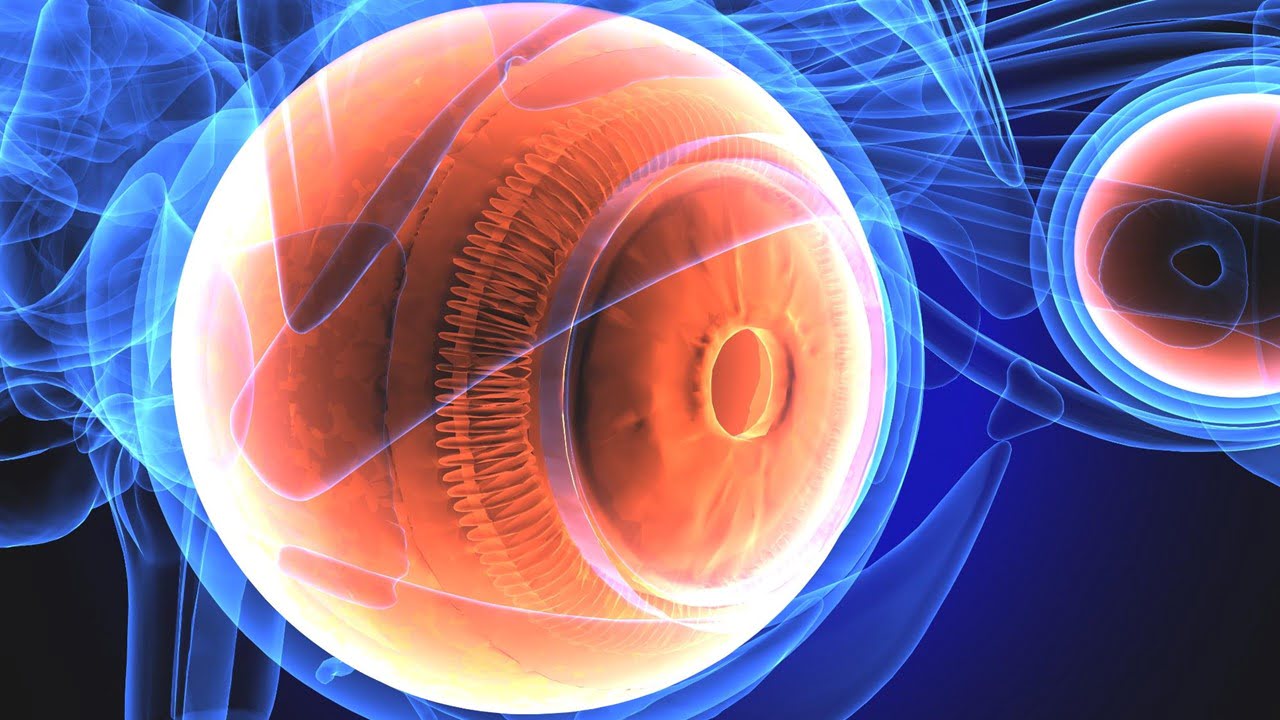
The ability to monitor the progression of retinal vascular diseases like diabetic retinopathy in small animal models is often complicated by their failure to develop the end-stage complications which characterize the human phenotypes in disease. Interestingly, as micro-vascular dysfunction typically precedes the onset of retinal vascular and even some neurodegenerative diseases, the ability to visualize [..]
Read More
A photonic device that emits light only in one way has been created. By meticulously modifying a set of etched silica bars’ shapes, they could make their device by changing a curious effect that had been predicted 90 years earlier. Numerous optoelectronic uses for the light source are possible. Light will gladly travel in both [..]
Read More
Dentists must know the precise location of the mandibular canal, which runs along both sides of the lower jaw and houses the alveolar nerve, to plan a dental implant procedure and determine the implant size and position. Medical professionals use computer tomography (CT) models and X-rays to identify and diagnose the lower jaw’s anatomically complex [..]
Read More
Optical frequency combs, which provide hundreds of evenly spaced and mutually synchronized laser lines, are a crucial component of microwave photonics. They are extremely brief optical pulses with a steady repetition rate that matches comb line frequency spacing—the bursts’ photodetection results in the creation of a microwave carrier. Chip-scale frequency combs made from nonlinear microresonators [..]
Read More
In addition to having a basic impact on science, the three-dimensional (3D) vectorial nature of electromagnetic waves of light has inspired innovative uses for optical displays, microscopy, and manipulation. Conventional optical holography, on the other hand, can only handle the amplitude and phase information of an optical beam, totally excluding the 3D vectorial feature of [..]
Read More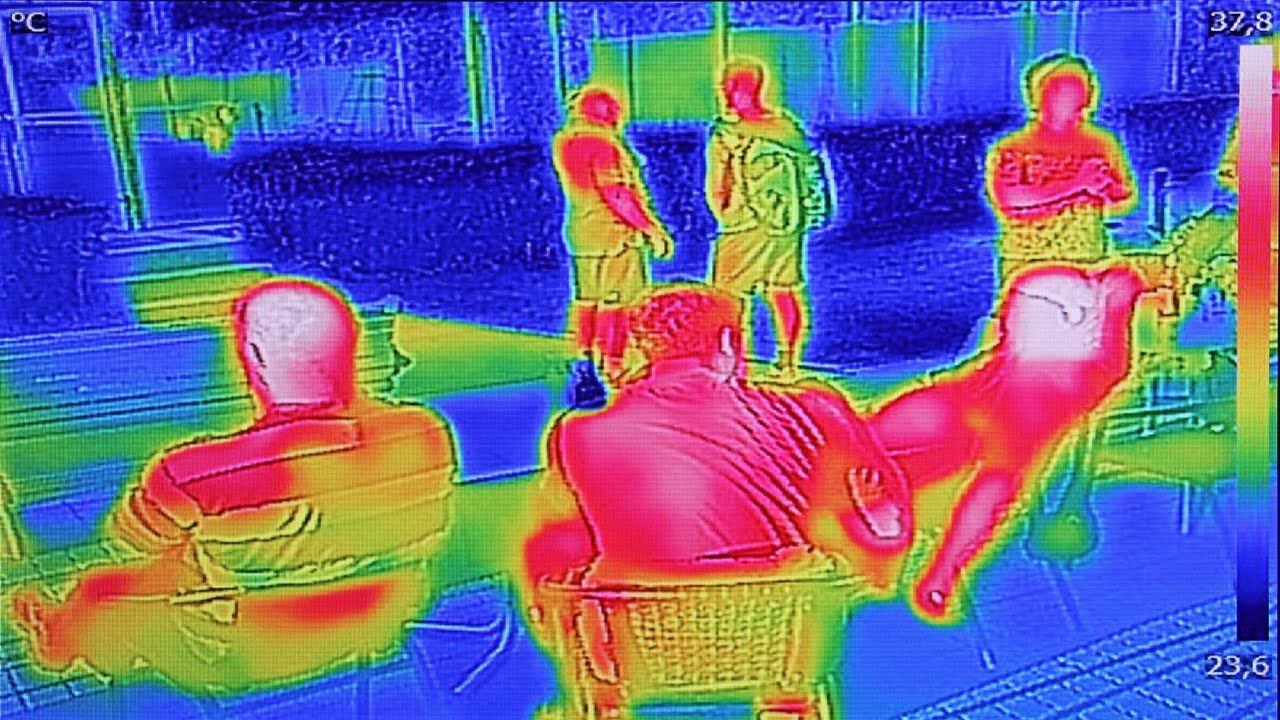
Will automated infection monitoring become a global standard in airports? Even in the busiest terminals, real-time thermal tracking along with immediately accessible biometric data that could be extracted and analyzed (using computer vision technology) would make it easier for airport staff to spot people who might be unwell. The individual’s potential sites of contact could [..]
Read More